ack - you already acknowledged in post 234.
"Thank you Al for taking the time to write all this up so well, and I am glad you enjoyed it! Six hours went by really quick. And thanks BMCG! "

Still your courtesy is remarkable in this age...thank you!
But am curious as to when your seduction to the M3 commences?
You've definitely spurred my thoughts on the newer Spectral Amps...they are just non trivial to acquire in UK.
LOL, I am not aging well

It's definitely not good that Spectral pulled out of the UK market years ago; I believe there were posts here that More Music in NL is supporting the UK market??? And maybe selling into?? Not trivial for you folks, I understand.
If you've followed solid state as some folks like myself have over the last 30 years, you'd probably agree that Spectral are the most consistently linear and un-electronic solid state components throughout that period, and thankfully others are catching up. It's no coincidence that a lot of folks still use older designs like the DMA-200 from the 80's, ditto for the DMA-50/80/90, the newer DMA-180, the 360s, the 260, etc, etc. or continue to use the DMC-20 preamp as a phono stage (out of the tape buffer). They definitely have had their own sound over the years, with the newer designs sounding so incredibly real and transparent in so many aspects.
Last night I was at a live unamplified jazz gathering in a small venue, where a friend of mine plays the drums - she has a set at home as well, and I've played with it a number of times over the years. Last night, I had the pleasure to "test" again drums and alto sax. The dynamics and treble extension of cymbals from up close - as the microphone captures it - is just staggering. But instead of marveling at how good live is, I was marveling at how well Spectral does all this at home, and I don't have super-speakers. More than that, how good the typical tube recording electronics must be, the behavior of which [the device, not necessarily the circuits], as Al said before, Spectral is trying to mimic in the solid state domain - namely, extremely wide bandwidth, linearity, phase correctness, extension, incredible speed and settling times, un-electronic - but with a lot more power, current and control.
Regarding the M3 - I must admit I am still interested, but can't pull the trigger yet. For one thing, I am pretty sure the one time I heard them, cymbals sounded a little more timbrally correct than my system. I am actually listening to sax and cymbals right now as I write this, and I don't believe the sound is as accurate as from the M3's - but at the same time, I have to question the recording as well, as it wasn't the same as when I heard the M3s. Nonetheless, Magicos sound so incredibly close to electrostatics that they are just about the only option for me and my preferences, and though the older designs were not as good as current, it's the likeness to and path of progression towards electrostatics that has aroused my interest. I haven't said much about the M3s, because the one time I heard them driven by my electronics, the bass just wasn't there, and there was midrange harshness - not broken in, or set up correctly. So I need to go back in and listen.



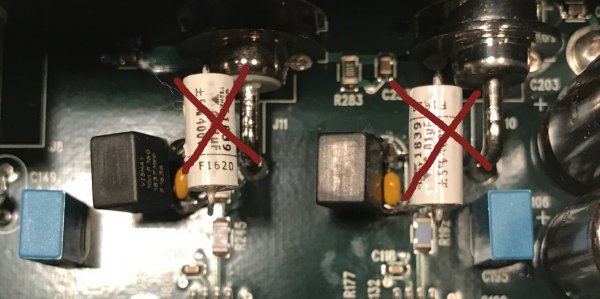
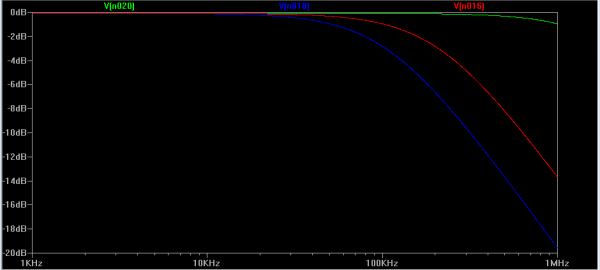
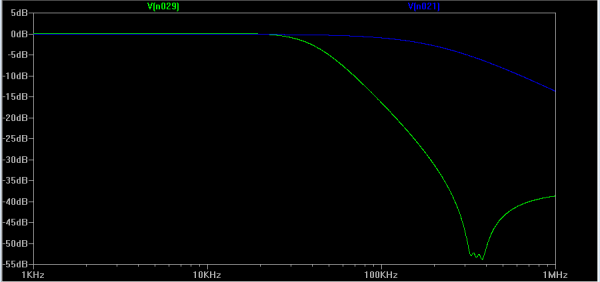
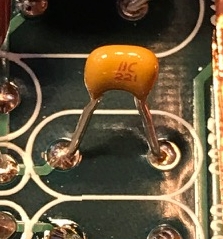
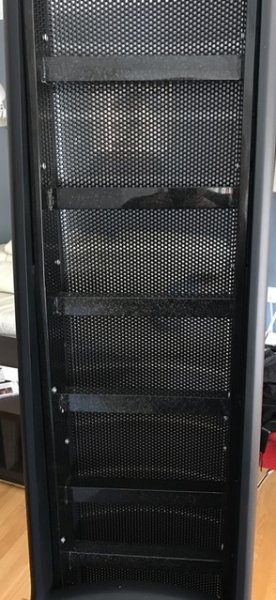
:format(jpeg):mode_rgb():quality(90)/discogs-images/R-7560484-1444044157-1420.jpeg.jpg)